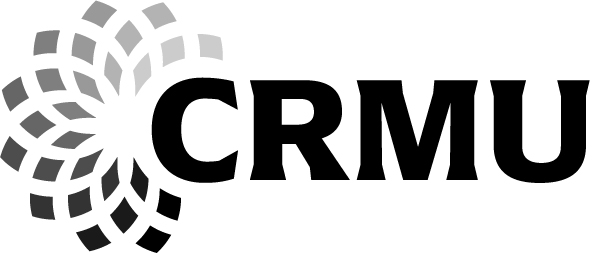Water History
 Pursuant to an election on December 19, 1882, the town of Coon Rapids was incorporated in 1884. Early records indicate that a well, some water main piping, and a 50,000 gallon wooden water tank, elevated 30 feet, were constructed in 1894. In 1922 there was a water main extension project which is believed to have included a water tank in the downtown area. In 1938, the town voted to establish a Utility Board of Trustees and the management of the water utility was put under the control of the Utility Board.
Pursuant to an election on December 19, 1882, the town of Coon Rapids was incorporated in 1884. Early records indicate that a well, some water main piping, and a 50,000 gallon wooden water tank, elevated 30 feet, were constructed in 1894. In 1922 there was a water main extension project which is believed to have included a water tank in the downtown area. In 1938, the town voted to establish a Utility Board of Trustees and the management of the water utility was put under the control of the Utility Board. In 1938, the Water Utility drilled a well south of Grove Street between 3rd and 4th Avenue and constructed the tower in the picture to the left. The well was sunk 191 feet into the Dakota Sandstone aquifer and would pump around 90 gallons per minute. This well was labeled #1 and served the City until 1979, when it became an emergency well as it is today. CRMU also drilled wells #2, #3, #4 and #5 through 1955, all of which were eventually abondoned and plugged except #5, which serves as an emergency well for the city and as an irrigation well for the golf course.
Major water system improvements were constructed during the 1970’s to keep up with the growing demand and to address public health concerns. In 1970, a 250,000-gallon pedestal type elevated water tank was put into service replacing the water tower located at 4th Avenue and Grove Street. To provide adequate pressure for the distribution system, the tower was constructed to a height of 125 feet. In 1979, wells #6 and #7, and a new treatment plant were constructed.
Wells #6 and #7 are located about 1 ½ miles north of Coon Rapids and were drilled into the Pleistocene Aquifer. Both wells are roughly 85 feet deep and are designed to pump 400 gallons per minute and serve as the primary source of water today. With the installation of the new treatment plant in 1979, raw water is processed beginning with aeration. The water then enters a four-cell anthracite/gravel filter. After filtration, zinc orthophosphate is added to help minimize the affects of lead and copper corrosion. Chlorine is then added providing disinfection which destroys disease causing organisms.
Since the late 1970s, the water utility has continued to expand its distribution system as water mains were extended primarily in the west side of town to accommodate new growth. CRMU continues to keep its system well maintained as evidenced through the replacement of the water plant control system in 2000, and the signing of a water tank maintenance agreement in 2006.
